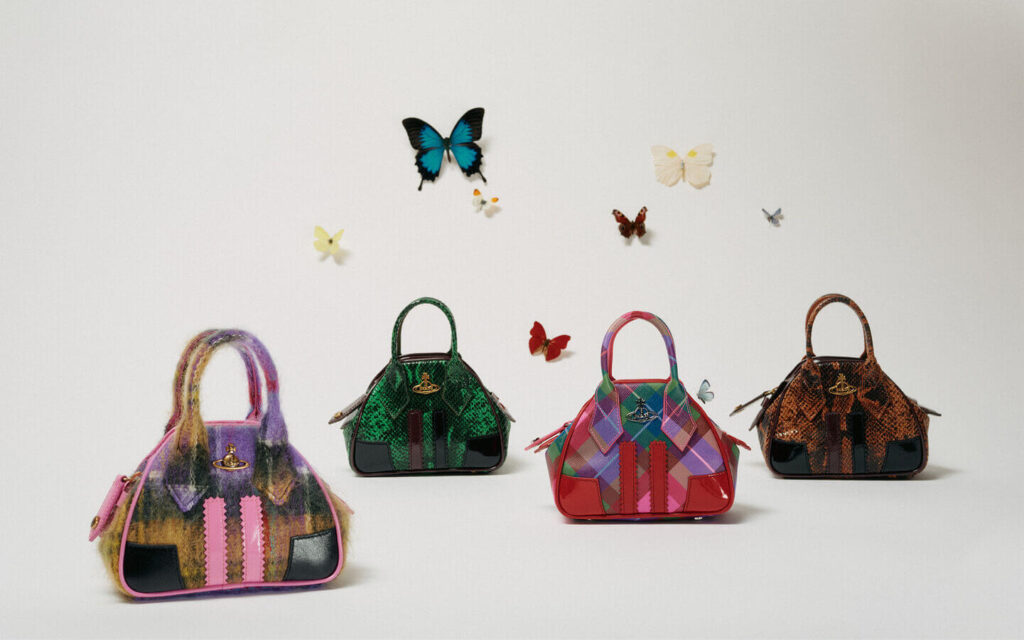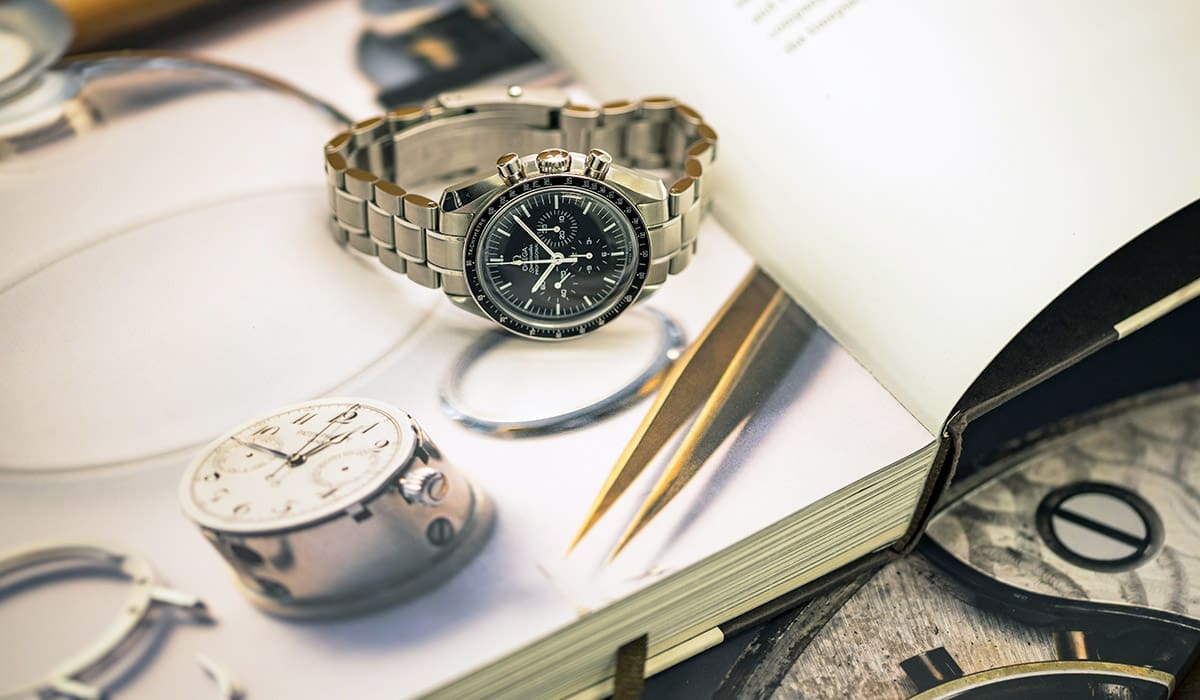TOKYO — Japan’s Generation Z, raised by parents who believed in the benefit of sunblock and moisturizers, is naturally into cosmetics and skin care products — regardless of gender.
Gen Z men — those born in or after the late 1990s — spend about 20% more a month on cosmetics than the overall population. Top sellers among this group are priced over 2,000 yen ($18), signaling their willingness to shell out more than women.
“I have been using beauty balm and lip cream regularly since a year ago,” said a 20-something man who lives in Tokyo.
He described becoming interested in the products and buying them after the brand of hairstyling products he has been using launched men’s makeup.
“I would like have unblemished skin, to feel better,” the man said.
Japan’s overall cosmetics market for both women’s and men’s products shrank 11% to 931.5 billion yen ($8.4 billion) in 2020, according to research firm Intage. But the men’s segment grew 4% to 37.3 billion yen despite the pandemic.
The pandemic may have played a role. The spread of the coronavirus has boosted the popularity of Zoom and TikTok as classes, business meetings and drinking parties have moved online. “People see their own faces on the screen more often, and this sparked men’s interest in cosmetics,” according to an analysis by Intage. The men’s cosmetics market has been expanding steadily, swelling 11% over the past five years.
Boy and men between the ages of 15 and 19 spend 5,607 yen per month on basic cosmetics while those in their 20s spend 5,410 yen, according to a survey by Hot Pepper Beauty Academy last year. These figures are 15% to 19% higher than the average for all men.
Young men have been raised to take care of their skin because their parents did, using sunscreen and moisturizers.
“This focus on beauty is more an expression of oneself rather than businesspeople taking care of their appearances,” said Kimiko Tanaka, a researcher at Hot Pepper Beauty Academy. “They’re not trying to turn a negative into zero, but rather turn zero into a positive. This may be behind the amount of money being spent.”
Teenagers, in particular, are early adopters, trying out the latest products posted on Instagram or YouTube. They talk about cosmetics with women in their age group and are willing to try products if they are interested.
In the Hot Pepper Beauty Academy survey, spending on makeup such as foundation and eye shadow among 15-to-19-year-old males was about 40% higher than the average for all ages, owing to purchases by these early adopters.
This trend is on full display at @cosme Tokyo, the flagship store of @cosme, an online cosmetics portal popular among the Gen Z set.
The store, which opened in Tokyo’s trendy Harajuku district in January 2020, features a section devoted to male and gender-neutral products where men can be found shopping together. It held a beauty event in June targeting men that @cosme says drew a diverse crowd of male customers interested in techniques like puffy eyelids.
“The South Korean cultural wave has had a big impact” on young consumers, said Hiroaki Murakami, a manager at the company that runs @cosme Tokyo. “Popular male idols wear makeup, and there’s a trend of people looking on social media to learn how to copy it.”
To this end, domestic and foreign brands offer more gender-neutral products than before. “Men are being hired to advertise makeup more often,” making it more accessible, Murakami noted.
As the markets for men’s and unisex products lack the low-priced yet stylish options available to women, “prices are relatively high at 2,000 yen or more,” Murakami said. “But experienced [men] have started to cross the gender barrier and reach for affordable women’s products.”
The Isetan Men’s department store in Shinjuku, for instance, has operated a cosmetics section since opening in 2003. Yet products for male consumers had little name recognition starting out and “what sold were mostly products that advertised themselves as ‘men’s’,” a representative at Isetan Mitsukoshi Holdings said.
Rising demand led to the section’s expansion in 2019. It now features products in attractive bottles and packaging, mainly in the $25-to-$45 range.
“When customers wipe their faces to try out makeup, young people often have BB cream on,” a company representative said.
Amid the pandemic, interest in cosmetics has broadened beyond Gen Z, gaining a foothold among men in their 30s and older — a demographic in which the industry sees growth potential.
In fact, the gender-neutral beauty boom looks unlikely to slow down anytime soon as consumers seek to express themselves.
“Besides makeup, accessories and clothing are also crossing gender boundaries, with male and female [styles] converging,” said Asuka Watanabe, a professor at Kyoritsu Women’s Junior College specializing in modern fashion who observes fashion trends.






More Stories
5 Tips For Launching a Blog to Highlight a Brand
Promotions – a holiday gift for shopper and retailer
10 Makeup Items I Reach For Everyday & Would Never Be Without – The Anna Edit